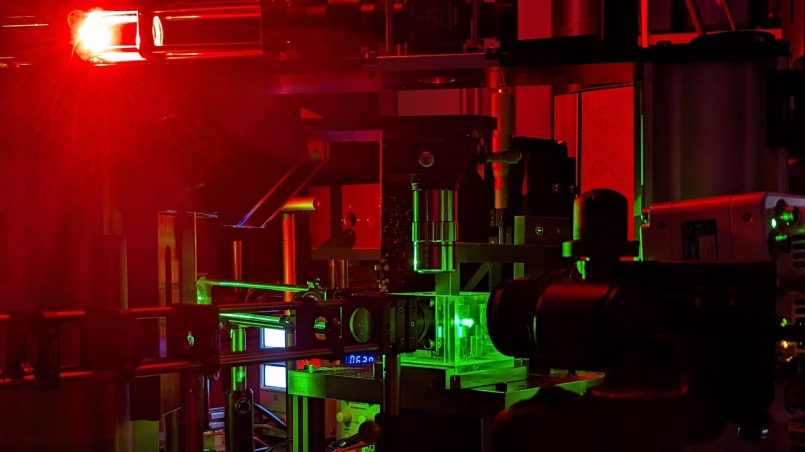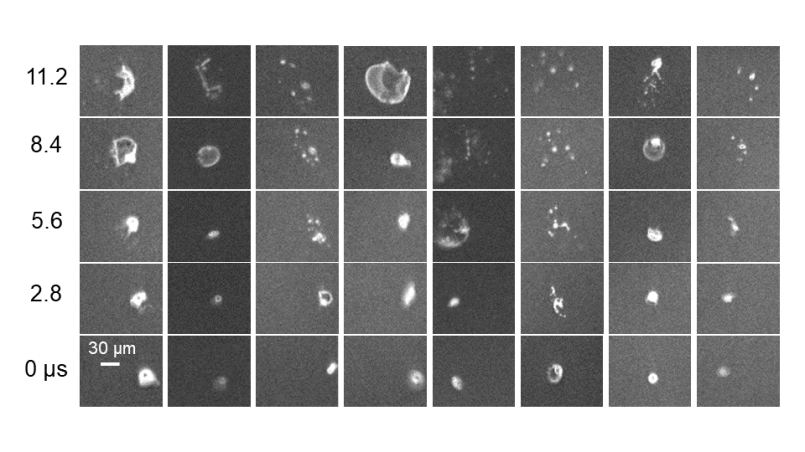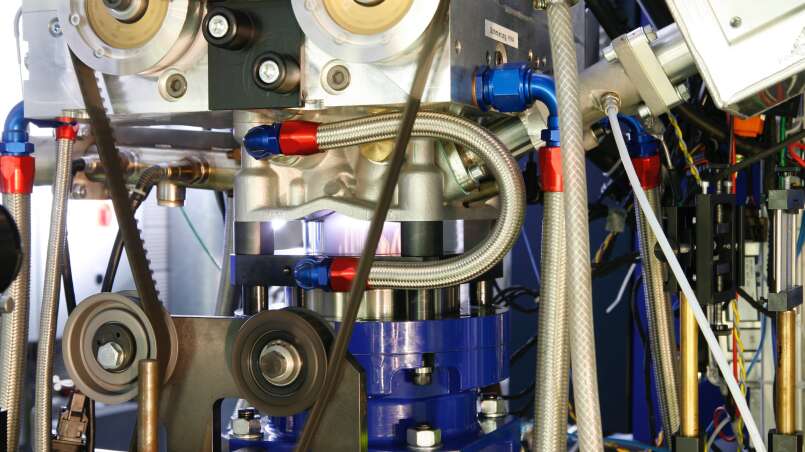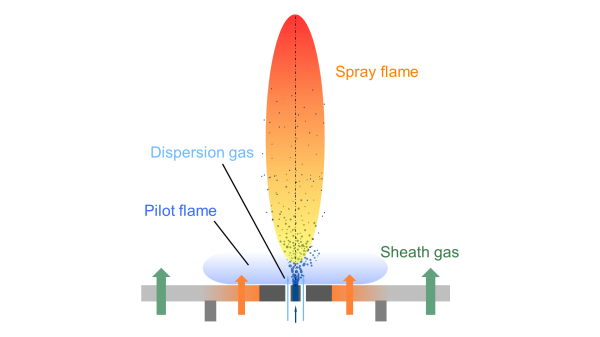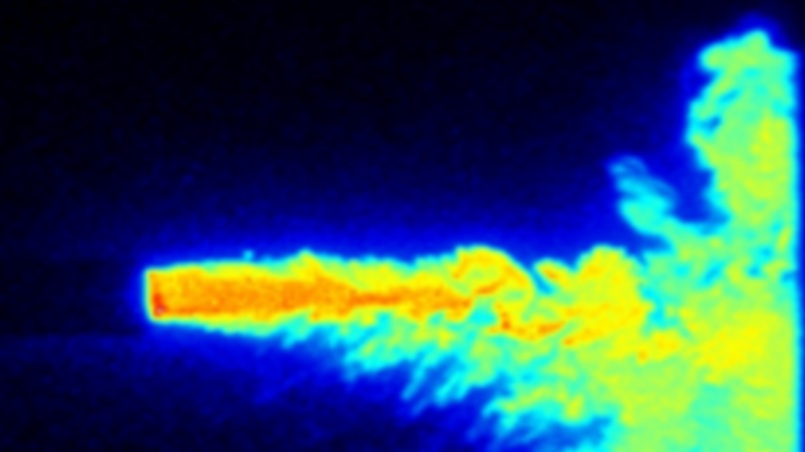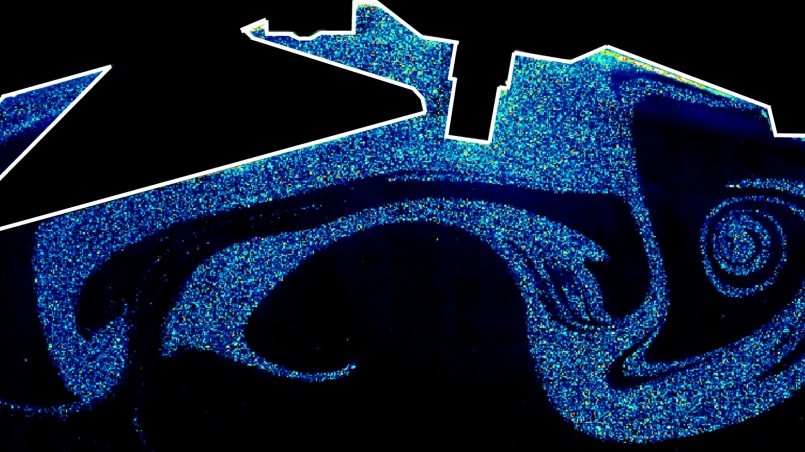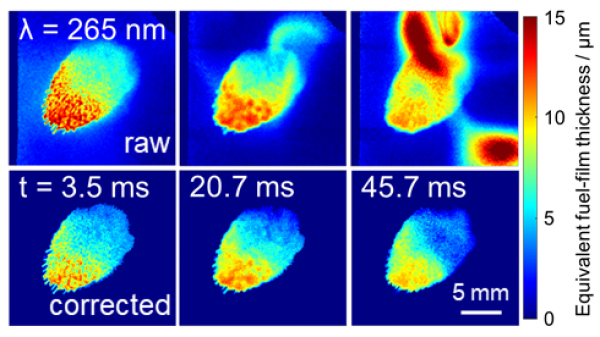Imaging
The Imaging group develops spatially resolved optical measurement techniques to better understand energy and materials processes. The focus is on imaging techniques, i.e., those that provide two-dimensional data – for example, images of the temperature in a reactor, the flow field in an engine, or the thickness of an oil film in sliding friction.
...
Often, the measurements must also be time-resolved, as the object of study changes rapidly and constantly. Turbulent flows, droplets in a spray, or collapsing vapor bubbles in cavitation are examples from applications. Therefore, an important goal is to enable instantaneous imaging measurements of relevant quantities, ideally with high frame rates. As the above examples show, multiphase flows are in the focus, especially phase transition, mixing, and reaction. Optical imaging can visualize these processes in real-time in nanoseconds, with over 100,000 frames per second, and with micrometer resolution, and can quantify measured values.
The Imaging group supervises student theses (Bachelor/Master) at various stages of measurement technique development and application – from testing a new camera on the laboratory bench to measurements in nanoparticle reactors. Theses with industry partners are also possible. The group leader, Prof. Sebastian Kaiser, offers lectures, exercises, and laboratories on energy conversion machines such as piston compressors, piston pumps, and internal combustion engines, as well as on optical measurement techniques and their physical-technical foundations.


